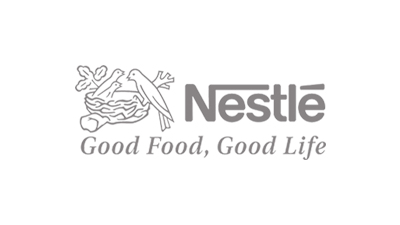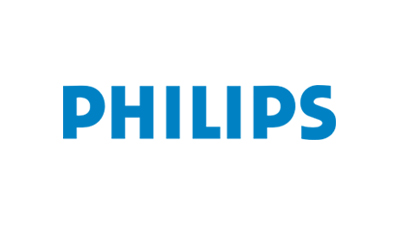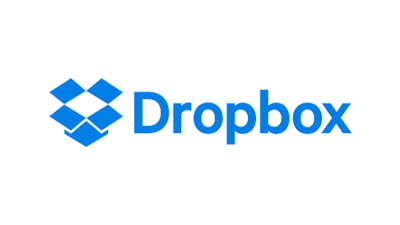Building integrated photovoltaics (BIPV) are photovoltaic materials that are used to replace conventional building materials in parts of the building envelope such as the roof, skylights, or facades. They are increasingly being incorporated into the construction of new buildings as a principal or ancillary source of electrical power, although existing buildings may be retrofitted with similar technology. The advantage of integrated photovoltaics over more common non-integrated systems is that the initial cost can be offset by reducing the amount spent on building materials and labor that would normally be used to construct the part of the building that the BIPV modules replace. These advantages make BIPV one of the fastest growing segments of the photovoltaic industry. Scope of the Report: This report focuses on the Building Integrated Photovoltaics (BIPV) in global market, especially in North America, Europe and Asia-Pacific, South America, Middle East and Africa. This report categorizes the market based on manufacturers, regions, type and application. First, as for the building integrated photovoltaics industry, the industry structure is relatively dispersion. The top 5 manufacturers occupied 33.65% of market share in 2015. The top 3 manufacturers are First Solar, Sharp and Yingli Solar which occupied close to 22.08% market share in 2015. The First Solar, which has 7.81% market share in 2015, is the leader in the building integrated photovoltaics industry. The manufacturers following First Solar are Sharp and Yingli Solar which respectively has 7.28% and 7.00% market share in 2015. Second, the global production of building integrated photovoltaics is 2218.2 MW in 2011 and 4426.1 MW in 2015, with the average growth rate of 18.30%. And the global building integrated photovoltaics develop steadily. In 2021, the global production of building integrated photovoltaics is 10700.6 MW at the average growth rate of 15.83%. Third, Europe is the largest production region for building integrated photovoltaics with production market share about 34.09%. North America occupied about 23.35% production share in 2015. Fourth, with the rapid develop of China PV market production growth rate of building integrated photovoltaics is high. The production of building integrated photovoltaics rises up from 271.5 MW in 2011 to 645.2 MW in 2015 with the average growth rate at 23.22%. Finally, we believe building integrated photovoltaics industry have few connection with the upstream raw materials. With the development of PV industry we tend to believe the future of building integrated photovoltaics will be optimism. The worldwide market for Building Integrated Photovoltaics (BIPV) is expected to grow at a CAGR of roughly 15.6% over the next five years, will reach 14200 million US$ in 2023, from 5950 million US$ in 2017, according to a new GIR (Global Info Research) study. Market Segment by Manufacturers, this report covers First Solar Sharp Yingli Solar Solar Frontier SunPower Solarcentury Hanwha Solar REC Group Panasonic Kyocera Canadian Solar Suntech Trina Solar Meyer Burger AGC Solar Harsha Abakus Solar Sapa Group Wurth Solar Chengdu Xushuang Changzhou NESL Market Segment by Regions, regional analysis covers North America (United States, Canada and Mexico) Europe (Germany, France, UK, Russia and Italy) Asia-Pacific (China, Japan, Korea, India and Southeast Asia) South America (Brazil, Argentina, Colombia etc.) Middle East and Africa (Saudi Arabia, UAE, Egypt, Nigeria and South Africa) Market Segment by Type, covers Single Crystal Silicon Polycrystalline Silicon Thin Film Market Segment by Applications, can be divided into Residential Commercial Others There are 15 Chapters to deeply display the global Building Integrated Photovoltaics (BIPV) market. Chapter 1, to describe Building Integrated Photovoltaics (BIPV) Introduction, product scope, market overview, market opportunities, market risk, market driving force; Chapter 2, to analyze the top manufacturers of Building Integrated Photovoltaics (BIPV), with sales, revenue, and price of Building Integrated Photovoltaics (BIPV), in 2016 and 2017; Chapter 3, to display the competitive situation among the top manufacturers, with sales, revenue and market share in 2016 and 2017; Chapter 4, to show the global market by regions, with sales, revenue and market share of Building Integrated Photovoltaics (BIPV), for each region, from 2013 to 2018; Chapter 5, 6, 7, 8 and 9, to analyze the market by countries, by type, by application and by manufacturers, with sales, revenue and market share by key countries in these regions; Chapter 10 and 11, to show the market by type and application, with sales market share and growth rate by type, application, from 2013 to 2018; Chapter 12, Building Integrated Photovoltaics (BIPV) market forecast, by regions, type and application, with sales and revenue, from 2018 to 2023; Chapter 13, 14 and 15, to describe Building Integrated Photovoltaics (BIPV) sales channel, distributors, traders, dealers, Research Findings and Conclusion, appendix and data source
Table of Contents 1 Market Overview 1.1 Building Integrated Photovoltaics (BIPV) Introduction 1.2 Market Analysis by Type 1.2.1 Single Crystal Silicon 1.2.2 Polycrystalline Silicon 1.2.3 Thin Film 1.3 Market Analysis by Applications 1.3.1 Residential 1.3.2 Commercial 1.3.3 Others 1.4 Market Analysis by Regions 1.









